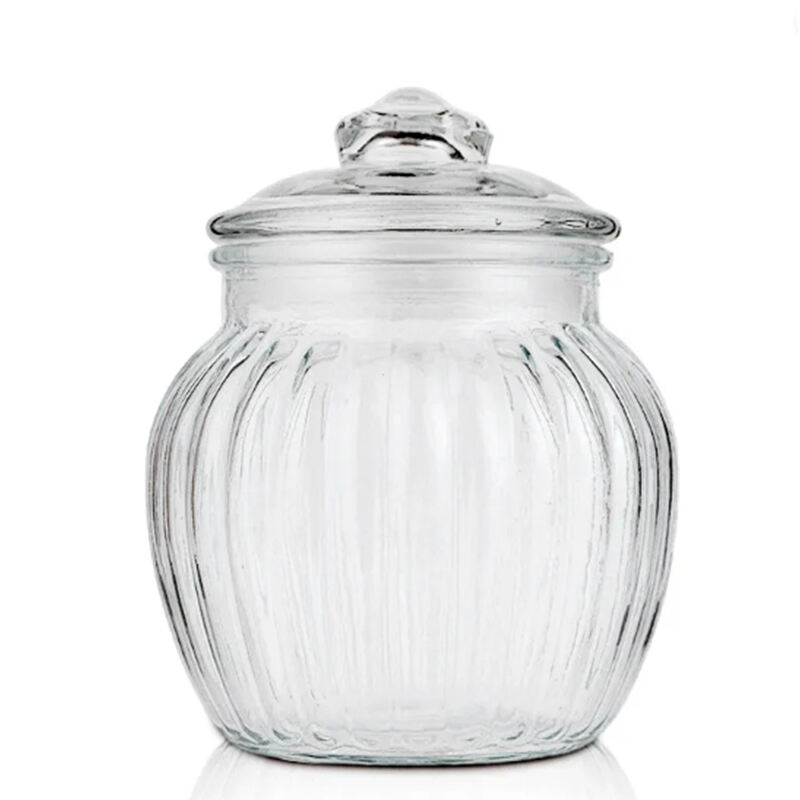
In this case, the canning jars, as they are important from a marketing and a storage point of view. Small and large canning jars for instance, there is Xuzhou Minghang Packaging Products Co., Ltd which manufactures these varieties of canning jars and therefore, these different dimensions have their respective complexities in terms of the packaging especially of the jars. When considering the reasons for the design of the packaging for canning jars in particular for the size of a jar, it is also necessary to take into account the jar size history, what standard jars are being used, and other information that is relevant for the designers to be cautious about.
Brief History of Canning Jar Sizes
The canning jars have their origin in the nineteenth century. Conventionally used as food storage vessels with a view of prolonging its shelf life, these jars have undergone design changes through the ages. Each type of canning jars also has a variety of sizes due to technology development and consumers’ requirements as well.
The Most Popular Canning Jar Sizes
It is necessary to first address some standard canning jar sizes in order to begin determining how canning jar sizes and packaging design can be related.
• 4 oz Jars: This size is most often used in the production of jellies, jams and single-serving portions since they come in packs which are often trial samples for marketing purposes hence they can be used as gift articles.
• 8 oz Jars: The majority of products, particularly sauces and condiments which are packaged in half pint jars are acceptable with these jars, which are basic and ample for most uses.
• 16 oz Jars: Use of jars is ideal with items like salsas that are stored as portions and more so soups which have a longer shelf life.
• 32 oz Jars: The popularity of quart jars is explained by their larger capacity for multiple storage of vegetables and fruits as well as pickles.
• 64 oz Jars: This type is majorly for storing food and large servings hence there’s lower usage of half gallon jars.
• 128 oz Jars: This canning jar is primarily used in retail similarly to other mass storage practices for instance food items.
Storage and Shelf Space
Newer sizes such as the quart and the half-gallon also means that consumers will require more space at home and a different segregation of shelves at the store. This called for development of packaging that will be well fitted in the shelf space that is available and packaging that can be easily stacked.
Labeling and Branding
The area of the label is determined by the dimensions of the jar. For small jars, it is difficult to fit the branding and product information. It means added usability as there is sufficient space for placing markers and nutritional information of the particular product as well as making it aesthetically appealing but it might be additional burden in terms of designing the jar’s aesthetics to ensure that it does not look cluttered and is attractive.
Transportation and Handling
It is the weight and frail nature of the jars that pose a major concern in packaging especially for movements from one point to another. In large jar designs, kettle carboys are heavier and more fragile, thus requiring sound packaging material so as to avoid breakages. Smaller jars on the other hand may be easier to hold and manipulate, they can easily be lost or broken if not well contained.
Material Selection
In its turn, the specificity of the selected packaging materials depends on the size of the jar. The packaging of the jars in crates will also depend on the size of the jars: While larger pull-top cans may need materials such as thick cardboard, small jars may easily be packaged with more delicate forms of packaging. Sustainability is another factor; the use of protective packaging should be made to correspond to the increase in the use of environmental-friendly materials.
Conclusion
Clearly, the size of the canning jars can have also implications on several aspects on top of the tools that are used for pack designing for the goods that are in the canning jars. These obstacles include the amount of storage or shelf space, shipment, a specific trademark and more importantly market clientele base. Once these elements are understood and explained well, the packaging will provide other feasible and attractive designs so that the products are well than well positioned for the new competitive world.
 EN
EN AR
AR BG
BG HR
HR CS
CS DA
DA NL
NL FI
FI FR
FR DE
DE EL
EL HI
HI IT
IT JA
JA KO
KO NO
NO PL
PL PT
PT RO
RO RU
RU ES
ES SV
SV TL
TL IW
IW ID
ID LV
LV LT
LT SR
SR SK
SK SL
SL UK
UK VI
VI HU
HU TH
TH TR
TR FA
FA GA
GA LA
LA MI
MI MN
MN
